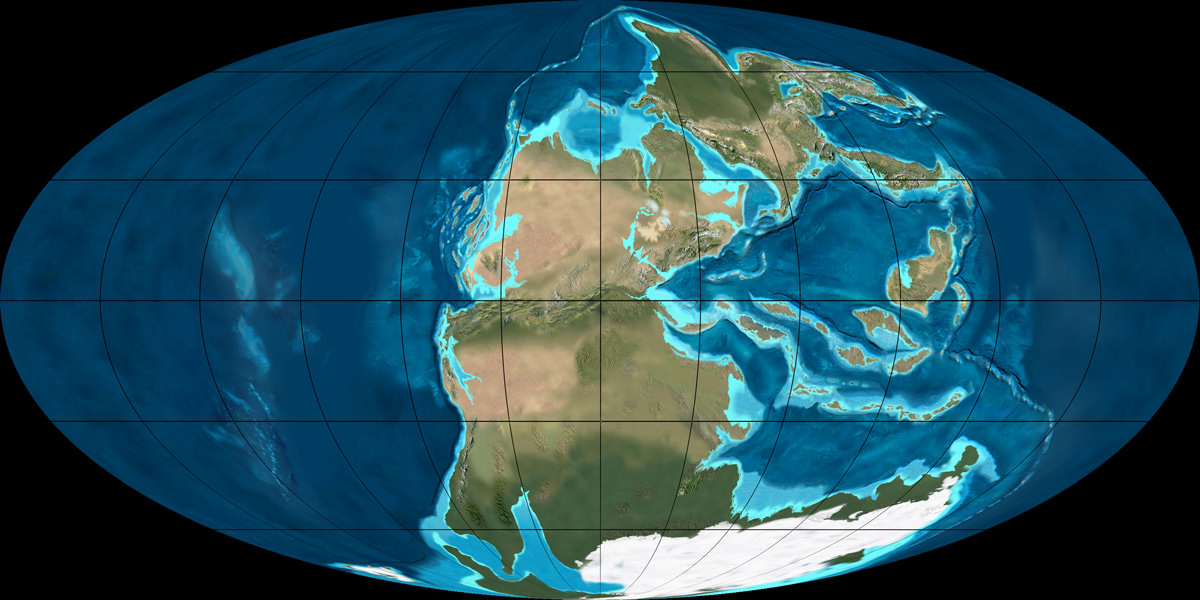So, you are curious about what is Pangaea? It was the supercontinent that existed 250 million years ago during the Paleozoic and Mesozoic eras. During the ensuing millenia, plate tectonics slowly moved each continent to its current position on the planet. Each continent is still slowly moving across the face of our world.
The breaking up and formation of supercontinents appears to have happened several times over Earth’s history with Pangaea being one among many. The next-to-last one, Pannotia, formed about 600 million years ago during the Proterozoic eon. Pannotia included large amounts of land near the poles and only a relatively small strip near the equator connecting the polar masses.
60 million years after its formation Pannotia broke up, giving rise to the continents of Laurentia, Baltica, and Gondwana. Laurentia would eventually become a large portion of North America, the microcontinent of Avalonia(a small portion of Gondwana) would become the northeastern United States, Nova Scotia, and England. All of these came together at the end of the Ordovician.
While this was happening, Gondwana drifted slowly towards the South Pole. These were the early steps in the formation of Pangaea. The next step was the collision of Gondwana with the other land mass. Southern Europe broke free of Gondwana. By late Silurian time, North and South China rifted away from Gondwana and started to head northward across the shrinking Proto-Tethys Ocean.
Movement continued slowly until the land masses drifted until their current positions. The list of oceans and microcontinents is too long to include in this article. We have many articles about this full process here on Universe Today. The evidence for Pangaea lies in the fossil records from the period. It includes the presence of similar and identical species on continents that are now great distances apart.
Additional evidence for Pangaea is found in the geology of adjacent continents, including matching geological trends between the eastern coast of South America and western Africa. The polar ice cap of the Carboniferous Period covered the southern end of Pangaea. Glacial deposits of the same age and structure are found on many separate continents which would have been together in the continent of Pangaea.
We know that the existence of supercontinents has been proven. We know that they have existed at different times in the Earth’s history. Also, we know that the tectonic plates are still moving. Is it possible that there will be another supercontinent someday in the distant future.
We have written many articles about Pangaea for Universe Today. Here’s an article about the Continental Drift Theory, and here’s an article about the continental plates.
If you’d like more info on Pangaea, check out the Pangaea Interactive Map Game. And here’s a link to NASA’s Continents in Collision: Pangaea Ultima.
We’ve also recorded an episode of Astronomy Cast all about Plate Tectonics. Listen here, Episode 142: Plate Tectonics.
Sources:
http://en.wikipedia.org/wiki/Pangaea
http://pubs.usgs.gov/gip/dynamic/historical.html
http://library.thinkquest.org/17701/high/pangaea/

